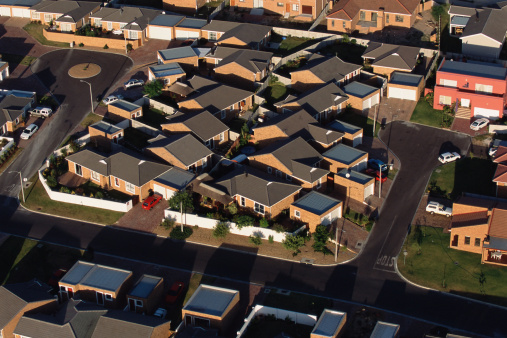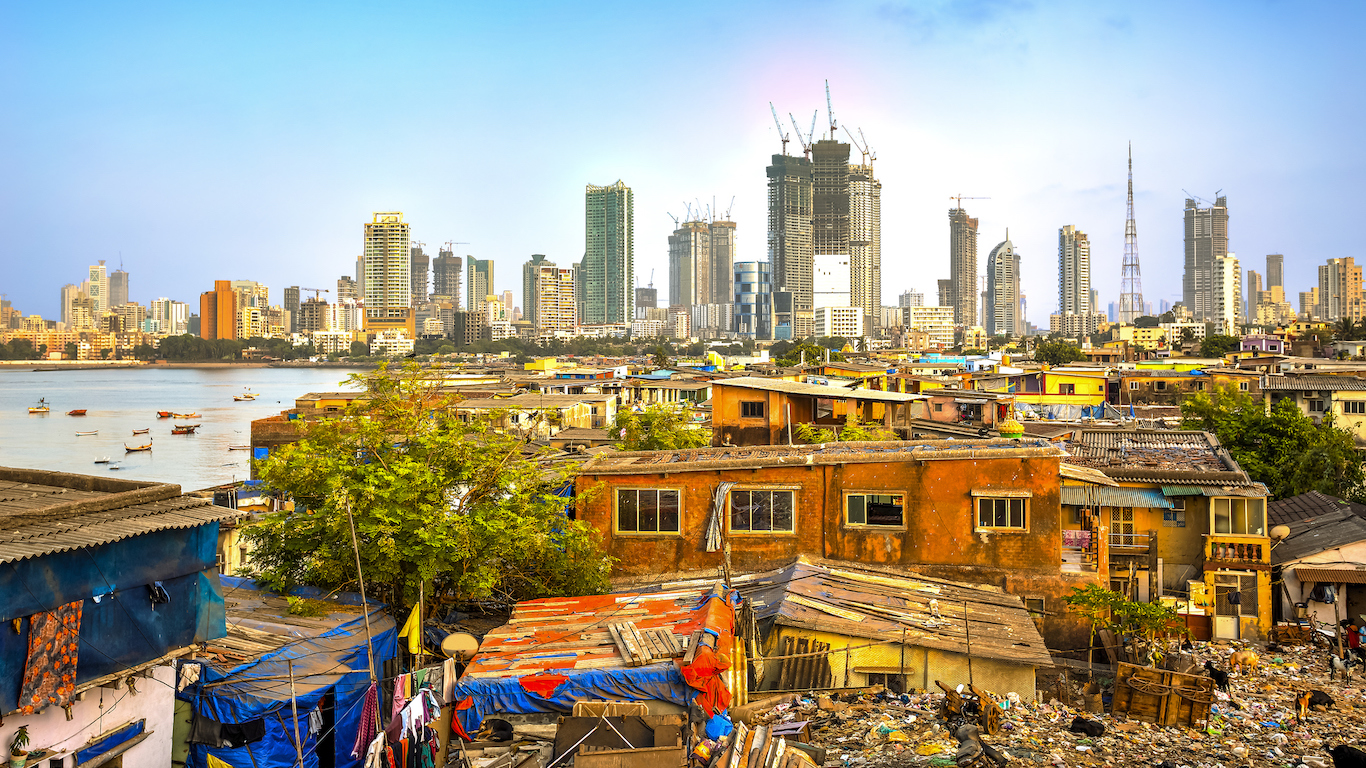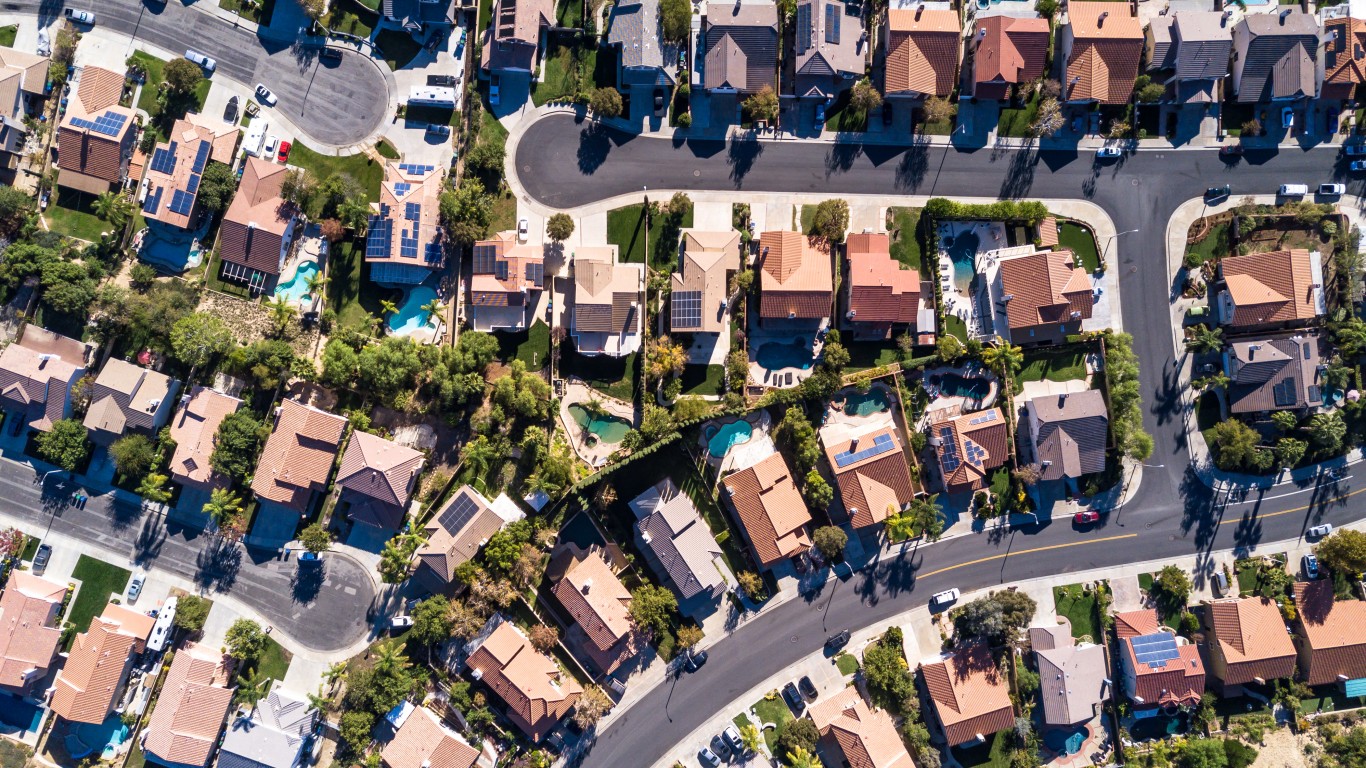Among the top 100 U.S. cities based on population, the share of income needed to afford a median home based on the typical price in that market was 15.3% last quarter. That number rockets to 46.2% in Los Angeles and San Francisco. However, in several metro areas that figure is below 12%, a sign of remarkable affordability.
According to real estate research firm Zillow:
Thanks mostly to low mortgage interest rates, affordability of for-sale homes looks much better. U.S. home buyers at the end of the second quarter could expect to pay 15.3 percent of their incomes to a mortgage on the typical home, far less than the 22.1 percent share homeowners devoted to mortgages in the pre-bubble days. As of June, home buyers in just six of the country’s 100 largest metro markets analyzed by Zillow were paying a larger portion of their incomes today than historically in order to buy their area’s median-priced home.
It is worth remembering that in some markets home values dropped more than 50% when the bubble burst.
READ ALSO: Cities With the Most Abandoned Homes
It is an urban legend that all cities with highly affordable housing are those where unemployment rose sharply during the recession, along with those where core industries and services businesses were destroyed in the same period as well. Several old industrial cities do make the list of most affordable markets. The “Share of Income Needed to Afford Median Home” was 10.1% in Detroit in the second quarter, according to Zillow. In Pittsburgh it was 11.3%. In Cleveland and Cincinnati it was 11.4%, and in Indianapolis 11.2%.
However, some of the cities have had much healthier economies recently. The “Share of Income Needed to Afford Median Home” was 11.2% in Dallas in the second quarter, according to Zillow. The figure was 11.7% in Atlanta and 11.2% in Kansas City.
The trend toward affordable homes is likely to deteriorate over time. According to Zillow:
But mortgage rates are expected to rise in the coming year. When mortgage rates hit 5 percent, still very low by historical standards, the number of unaffordable metros for homeowners among the top 100 will more than double, to 13. At 6 percent mortgage interest rates, the number of unaffordable metros will almost double again, to 24.
However, for the time being, Detroit is a good place to buy a home, at least for the falling number of people who want to live there.
READ ALSO: 10 Cities Running Out of Water
Thank you for reading! Have some feedback for us?
Contact the 24/7 Wall St. editorial team.


